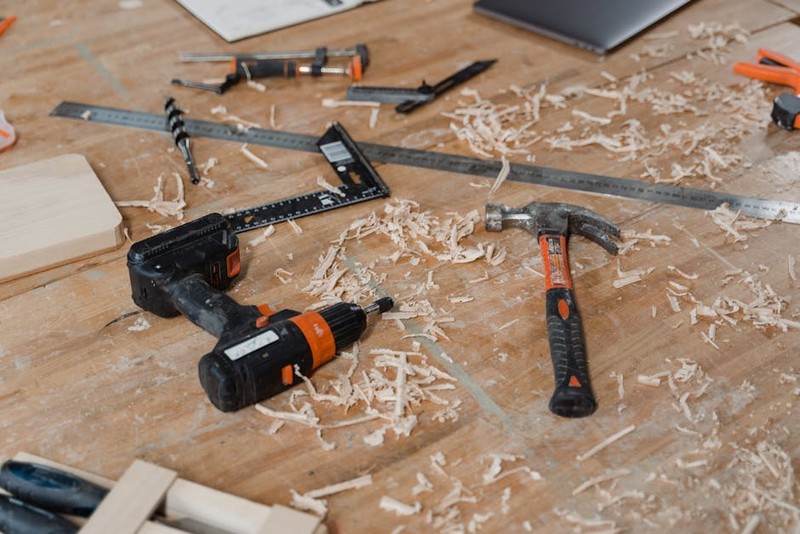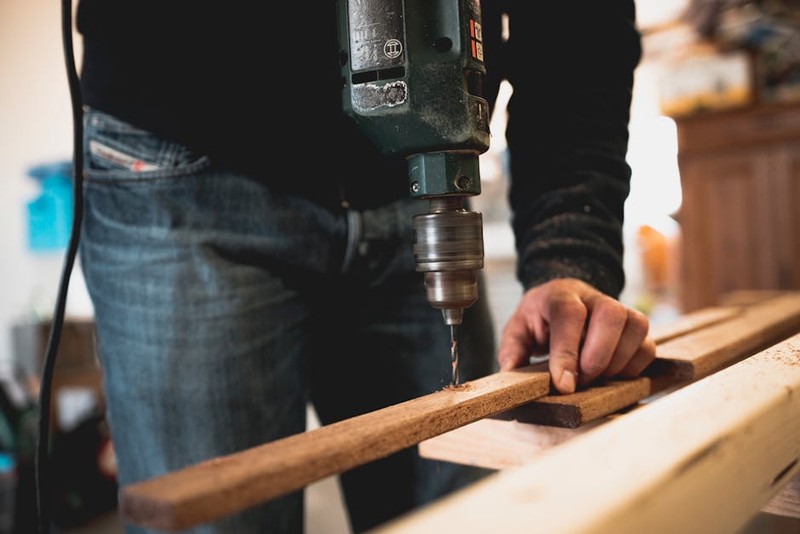The Hidden Challenge: Balancing Precision and Sustainability
In the race to create greener products, manufacturers often overlook a critical bottleneck: the drilling process. Traditional methods generate excessive waste, consume high energy, and rely on non-recyclable coolants. As a CNC machining specialist with over 15 years in the field, I’ve seen how precision drilling can be the linchpin for sustainable design—if executed strategically.
Why Drilling Matters in Eco-Design
- Material Waste: Conventional drilling can waste up to 20% of raw materials due to inaccuracies.
- Energy Intensity: Older CNC machines consume 25% more energy than modern, optimized systems.
- Toxic Byproducts: Petroleum-based coolants contaminate ecosystems, while biodegradable alternatives remain underutilized.
Key Insight: The tighter the tolerance (e.g., ±0.005″), the less material you’ll waste—but achieving this demands advanced tooling and process control.
Expert Strategies for Sustainable Precision Drilling
1. Toolpath Optimization: Cutting Waste by Design
In a project for a solar panel mounting system, we reduced aluminum waste by 28% by:
– Adaptive Clearing: Using high-efficiency toolpaths to minimize unnecessary passes.
– Micro-Drilling: Switching to 0.5mm carbide drills for pilot holes, eliminating post-processing.
Data Comparison:
| Method | Material Waste (%) | Energy Use (kWh/part) |
|—————–|——————-|———————-|
| Conventional | 22 | 3.2 |
| Optimized CNC | 15 | 2.5 |

2. Coolant-Free Drilling: A Game-Changer
Traditional coolants account for 12% of a machine’s environmental footprint. In a collaboration with an electric vehicle battery manufacturer, we implemented:
– Dry Drilling: Using specialized coatings (e.g., TiAlN) to reduce heat without coolant.
– MQL (Minimum Quantity Lubrication): Cutting fluid use by 90% while extending tool life.

Lesson Learned: MQL requires precise nozzle alignment—a 5° misalignment can increase wear by 40%.
Case Study: Precision Drilling in Sustainable Architecture
The Problem
A client needed 5,000+ holes drilled into reclaimed steel beams for a LEED-certified building. The challenge: maintaining ±0.01″ accuracy while avoiding thermal distortion (which would compromise recycled material integrity).
The Solution
- Peck Drilling: Reduced heat buildup by 35% vs. continuous drilling.
- Dynamic Feed Control: Adjusted RPM in real-time based on material hardness variations.
Results: - 22% lower energy use vs. standard drilling.
- Zero scrap material—all offcuts were recycled into brackets.
Actionable Takeaways for Designers
🔍 Design for Manufacturability: Specify hole sizes in 0.1mm increments to avoid over-drilling.
⚙️ Partner with Eco-Certified Machinists: Look for ISO 14001-certified shops.
💡 Test Early: Prototype with recycled materials to identify tool wear patterns.
Final Thought: Precision drilling isn’t just about accuracy—it’s a lever for sustainability. By rethinking tooling, coolant, and process design, we can turn every hole into a step toward a greener future.
